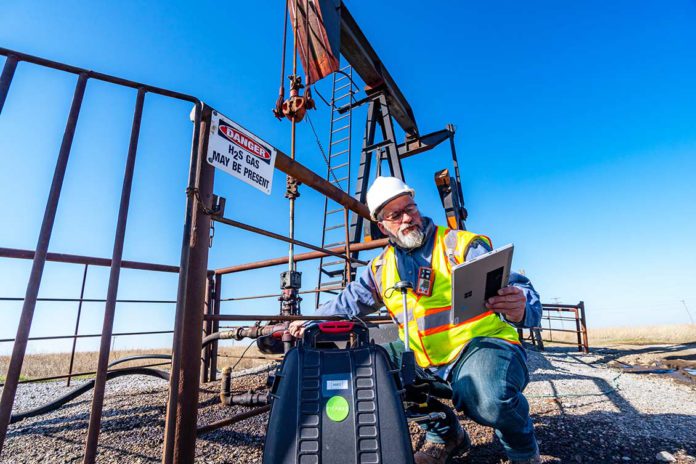PAWHUSKA, OK – The Osage Nation Department of Natural Resources (ONDNR) has completed its first set of orphaned well land surveys. Companies abandoned the wells as far back as 100 years ago. In many cases, the orphaned wells are visible as drilling equipment protrudes from the ground, creating dangerous hazards for natural resources, animals, and vehicles, such as farming equipment. Methane gas leaks from unplugged wells pollute the air and cause health issues for animals and humans.
In response, the Osage Nation sought funding from the U.S. Department of the Interior’s Orphaned Wells Program Office and was awarded two grants totaling $19,100,414. The Orphaned Wells Program Implementation Grant ($18,100,414) is part of a larger five-year award totaling $91,000,000, which Osage Nation has applied to receive.
“We didn’t create this problem, but we will solve it using state-of-the-art equipment to locate these abandoned wells with pinpoint accuracy and restore a healthier environment here in our Osage homelands,” said Principal Chief Geoffrey Standing Bear.
Currently, the ONDNR staff has been joined by contractors funded by the grants who are experts in the field of restoration and remediation of abandoned wells and the environment impacted by pollutants. The team has launched data collection operations using airplanes, drones, and ground equipment.
“We want all property owners, as well other folks living throughout the Osage Nation, to know that if they see a noticeable increase in airplanes and drones in the sky and technicians in the field to rest assured that we are utilizing this new specially designed technology to map these abandoned wells in the most efficient ways possible,” said Craig Walker, Director of ONDNR. “Our team will reach out to property owners in advance for signed permission to survey their properties.”
There are more than 1,600 documented orphaned wells throughout the Osage Nation, and the number may increase during land surveys currently taking place. With this round of funding, the Osage Nation anticipates plugging, remediating, and restoring the ecosystem of approximately 300 orphaned wells on a case-by-case basis.













































